If you’re planning a winter holiday in a picturesque location, you’re probably wondering how to capture the perfect shot in the snow.
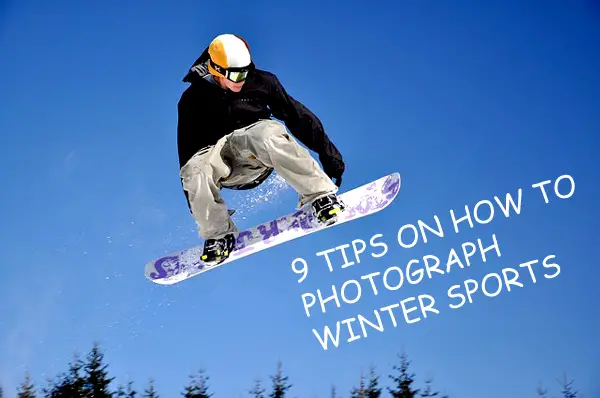 Here are 9 tips to help you photograph the dynamic winter sports with beautiful snowy landscapes in the background.
Here are 9 tips to help you photograph the dynamic winter sports with beautiful snowy landscapes in the background.
Pick the right lens and use protection
Even if you prefer a sharp, high performance prime lens to use on a daily basis, there is no point to be limited to just one focal length when you’re shooting winter sports. You wouldn’t want to risk that condensation is trapped inside your camera body when you’re changing your lenses outdoors. That’s why you should pick the right length ahead of your shoot.
A zoom lens is a good pick because it will give you a wide range of focal lengths. Make sure that your clear or UV filter is on to protect the front element of your lens from moisture.
Also, consider using a polarizer. A polarizer filter comes in handy when you want to darken a bright cloudless sky or help in boosting the saturation.
Take care of your camera
Once your camera is out and you’re busy shooting the amazing skiers and snowboarders, make sure to keep the lens cap on when you’re not using it – that’s how you prevent snowflakes from landing and melting on the front of your lens. If your lens is smudged, never blow warm air into it. If you do that, you risk that it gets covered with a thin layer of ice under cold temperatures.
Bring some microfiber lens cloths with you and hold your breath when you bring your camera up to your face to take a picture. You don’t want any fog on your LCD screen and viewfinder. If temperatures aren’t low and the snow is rather wet, consider taking waterproof protection with you. While some cameras are water resistant, you should take extra care every single time you take it out. Rain covers are great idea as well – and with some of them you will be able to see through and operate your camera while it’s raining or snowing.
Dress appropriately
If you forget to dress for warmth, you will end up out there on the slopes freezing. Naturally, the quality of your photographs will be lower. As you shiver, your body shakes which causes your camera to shake and blur the photos. Not to mention that you will be too cold to properly focus on capturing your models.
Make sure to dress in layers of neoprene or thermal materials. The outer layer is important, but so are the under layers of clothes. Your outer jacket should have pockets and holes for air circulation. You can put filters, caps, and other accessories in your pockets for easier access.
Rely on the histogram
Use your histogram readout and not your LCD screen to get an accurate reading of the scene. It might be difficult for you to judge an image on a tiny LCD screen under bright sun or while you’re surrounded with a snow-covered landscape. That’s where the histogram comes in handy.
Shoot in raw format
How to capture the correct color temperature and exposure when your scene is full of reflective white snow? That is probably the biggest challenge you will face when capturing winter sports. Here is the solution: set your recording format to raw and you will be able to safely adjust your settings without being limited with a JPEG.
Freeze the action
As skiers and snowboarders pass you by, your objective is to freeze their action in a split second. That’s why you need a fast shutter speed – at least 1/1000 of a second. Make sure to set your camera for shutter priority. That’s how you can determine the shutter speed and allow your camera to figure out the correlating aperture.
Ask friends for help
If you’re not comfortable photographing strangers, ask your friends who are avid skiers or snowboarders to help you out. Since they know you will be in a certain spot, they will be ready for you and help you to capture amazing shots. They might give you a spattering of snow or burst through the whiteness. You can be sure to get some quality images out of a session with friends.
Pick your spot
Before heading out to the mountain, ask the lodge where to find a spot that allows a great view on the slopes, but is also safe. You don’t want to be in the way of skiers and snowboarders, but at the same time you want to be close enough to the action to make the entire trip worthwhile. You can be sure that the lodge has plenty of recommended spots.
Find the correct white balance
This is the most significant challenge when photographing snow. White snow usually appears somehow on the blue side of the color spectrum. If you prefer to get everything right in your camera, then better use the flash setting.
It will compensate for the bluish hue and warm up your snow-filled image. But remember that if you try to get rid of all the blue, your snow might end up becoming slightly yellow. That’s why you need to find the right balance. A slight blue together with neutral highlights is the recipe for a balanced image.
Follow these 9 tips and you can be sure to come home from your trip with a collection of amazing pictures that capture the dynamism of winter sports in beautiful natural settings.
For more on sports photography, check out this article.

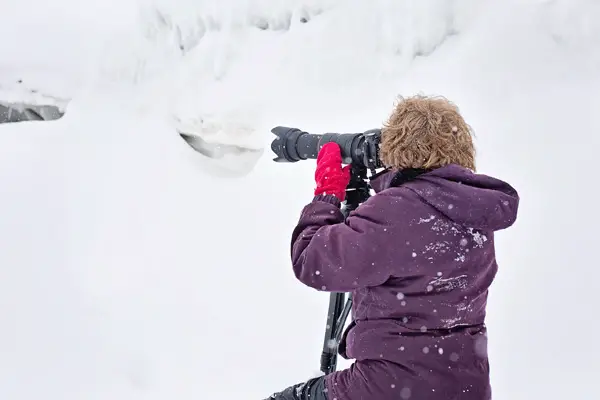
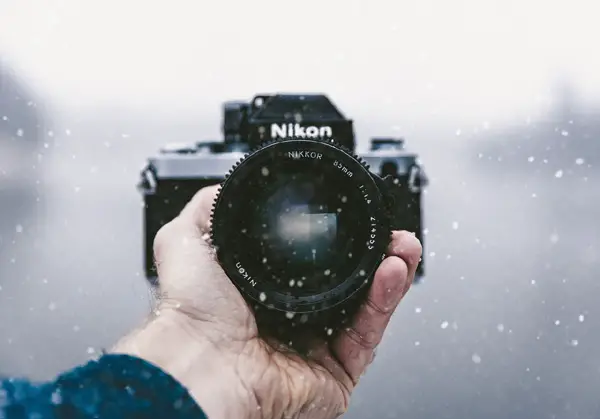
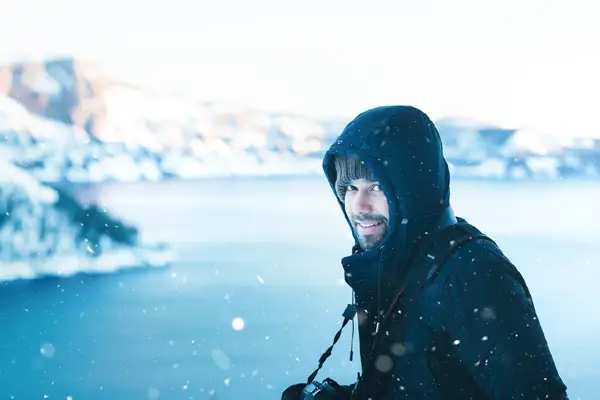
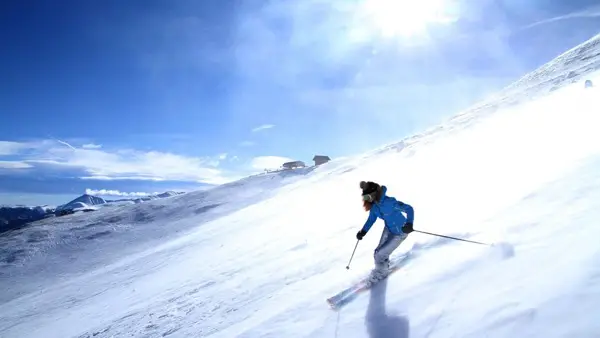
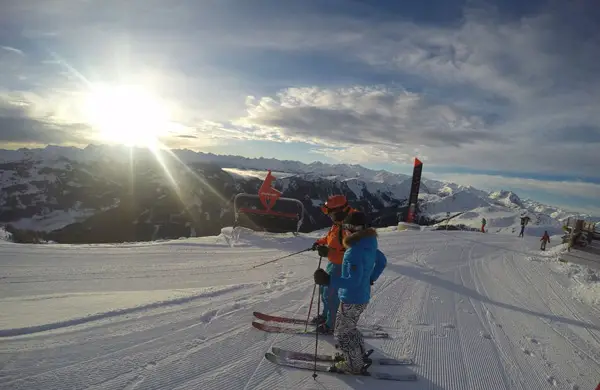
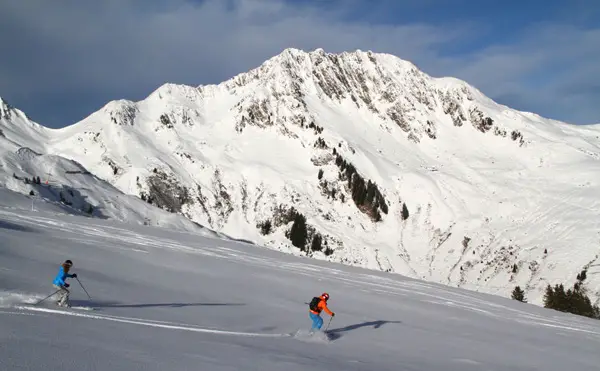
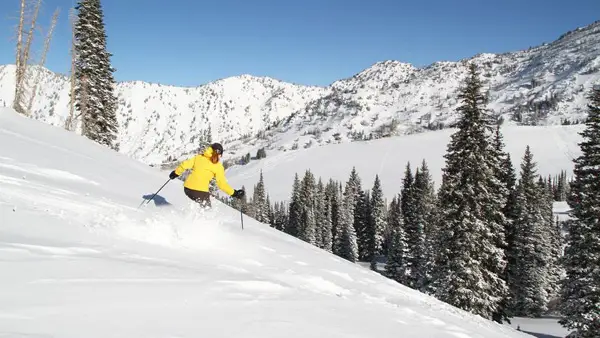








3 comments